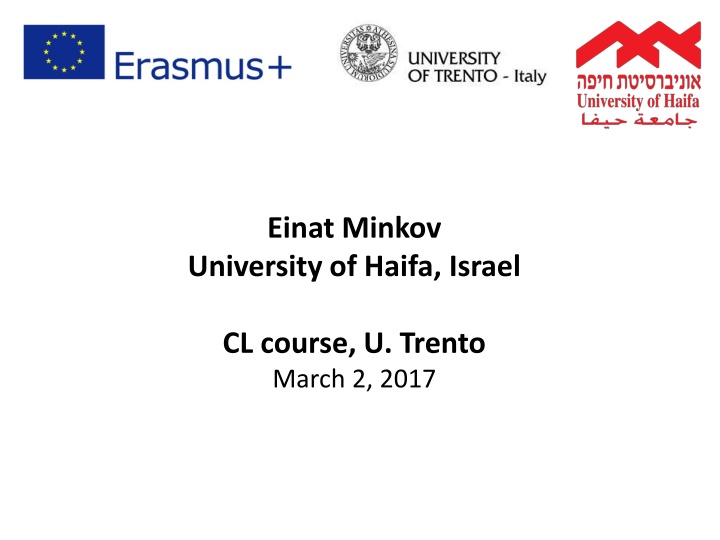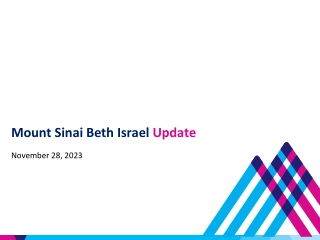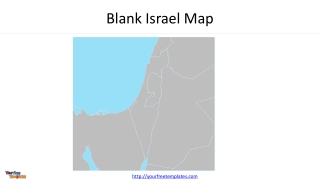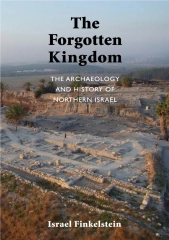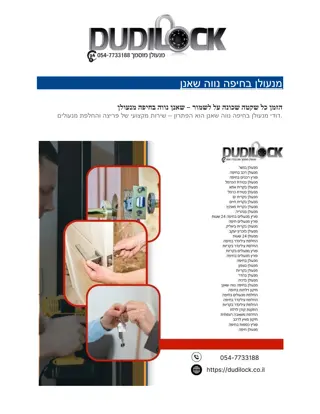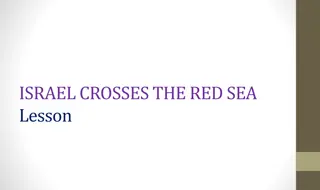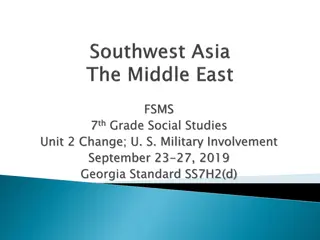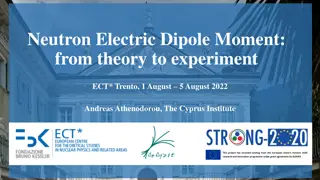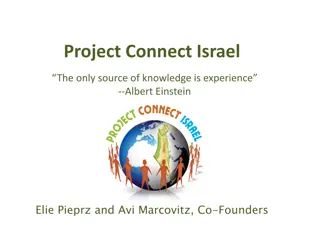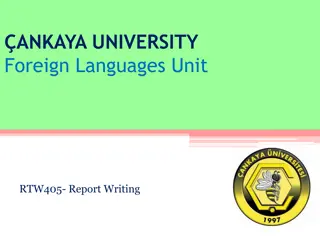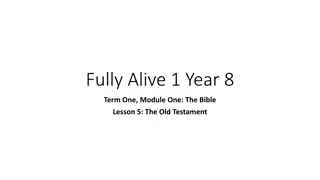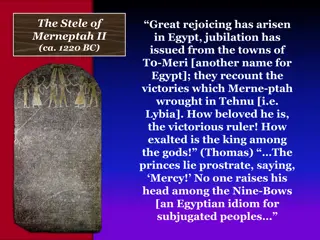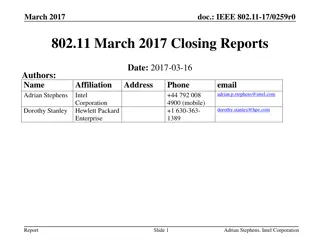Einat Minkov University of Haifa in Israel CL course U Trento March 2 2017
The presentation highlights the academic event held at the University of Haifa in Israel focused on a CL course by Einat Minkov on March 2, 2017, at the University of Trento. It sheds light on the exchange of knowledge and expertise in computational linguistics.
Download Presentation

Please find below an Image/Link to download the presentation.
The content on the website is provided AS IS for your information and personal use only. It may not be sold, licensed, or shared on other websites without obtaining consent from the author.If you encounter any issues during the download, it is possible that the publisher has removed the file from their server.
You are allowed to download the files provided on this website for personal or commercial use, subject to the condition that they are used lawfully. All files are the property of their respective owners.
The content on the website is provided AS IS for your information and personal use only. It may not be sold, licensed, or shared on other websites without obtaining consent from the author.
E N D
Presentation Transcript
Einat Minkov University of Haifa, Israel CL course, U. Trento March 2, 2017
About myself 2008, PhD from the Language Technologies Institute at Carnegie Mellon University, USA 2008-10, Nokia Research, Cambridge, USA 2010-present, U.Haifa, Israel Teaching: Intro. to AI, text mining, Databases Main research focus: semantics, graph-based inference, information extraction
Information extraction Extraction of structured factual information from text This should be useful for: Question answering Information aggregation Main tasks: Named entity recognition Event extraction Auto. construction of knowledge bases (ontologies)
Information extraction Extraction of structured factual information from text Question answering Event extraction Document indexing and search Named entity recognition Text (processed) Ontology construction Improved syntactic processing
Named entity recognition Find and classify names in text.
Named entity recognition Find and classify names in text.
Named entity recognition Often addressed as a tagging task, using rule- based or using statistical learning, considering: the string value formatting (is it capitalized? Does the word end with `ski ?) lexicon lookups (does `shen appear in a dictionary of first person names? or, `ltd in the lexicon of company suffixes?) Syntactic and lexical neighborhood (DET on the left? `MR. on the left?)
Named entity recognition Applications: Question answering (e.g., WHO invented.. ? WHERE is the CL class? ) Document indexing and linking Preliminary step for higher level IE tasks
Extraction of events Minkov & Zettlemoyer, ACL 12
Extraction of events Minkov & Zettlemoyer, ACL 12
Extraction of events Seminar slot population Minkov & Zettlemoyer, ACL 12
Extraction of events Seminar slot population Minkov & Zettlemoyer, ACL 12
Extraction of events The system s output should `make sense : Start time of seminar before the end time.. The seminar doesn t take place at night And its duration is longer than 10 minutes and shorter than 2 hours.. The location is one of the rooms at CMU We wish to have relevant world knowledge available Minkov & Zettlemoyer, ACL 12
The holy grail: ontology of world knowledge In addition to is-a relations: Synonym / antonym Holonym / meronym related / similar-to
Lexical knowledge for parsing Structural ambiguities: He broke [the window] [with a hammer] He broke [the window] [with the white curtains] Good probability estimates of P(hammer | broke, with) and P(curtains| window, with) will help with disambiguation Toutanova, Manning & Ng, ICML 04
Lexical knowledge for parsing Pair-wise statistics involving two words are very sparse, even on topics central to the domain of the corpus. Examples from WSJ (1million words): stocks plummeted stocks stabilized stocks rose stocks skyrocketed stocks laughed 2 occurrences 1 occurrence 50 occurrences 0 occurrences 0 occurrences Toutanova, Manning & Ng, ICML 04
Lexical knowledge for parsing morphology stabilize stabilized stabilizing synonyms rise climb is-a relationships rise skyrocket Toutanova, Manning & Ng, ICML 04
Using multiple similarity measures and chaining inferences stocks rose rise skyrocket skyrocketed Toutanova, Manning & Ng, ICML 04
The holy grail: ontology of world knowledge Why `holy grail ? 1. It is a hard task 2. World knowledge is very dynamic Dalvi, Minkov, Talukdar & Cohen, WSDM 04 20
Relation extraction Entity subclass subclass subclass Organization Person Location subclass subclass subclass Scientist subclass subclass Country Politician subclass subclass State instanceOf instanceOf Biologist instanceOf Physicist City instanceOf Germany instanceOf instanceOf locatedIn Erwin_Planck Oct 23, 1944 diedOn locatedIn Kiel Schleswig- Holstein FatherOf bornIn Nobel Prize hasWon instanceOf citizenOf diedOn Oct 4, 1947 Max_Planck Society Max_Planck Angela Merkel Apr 23, 1858 bornOn means( 0.9) means means means means(0.1) Max Planck Max Karl Ernst Ludwig Planck Angela Merkel Angela Dorothea Merkel YAGO: Yet Another Great Ontology [Suchanek et al.: WWW 07]
Automatic KB population Gazetteers, tables, and text-based: General `Hearst patterns (92): Learning type-specific contexts:
Knowledge Bases and NLP KBs used for text processing tasks: Named entity recognition Event extraction Entity linking and disambiguation Question answering Syntactic structures being increasingly used for KB population and fact extraction e.g., Leveraging Linguistic Structure For Open Domain Information Extraction , Angeli, Premkumar & Manning, ACL 15 Still an open question how to effectively interface language with world knowledge
Thank you! Thank you! einatm@is.haifa.ac.il
